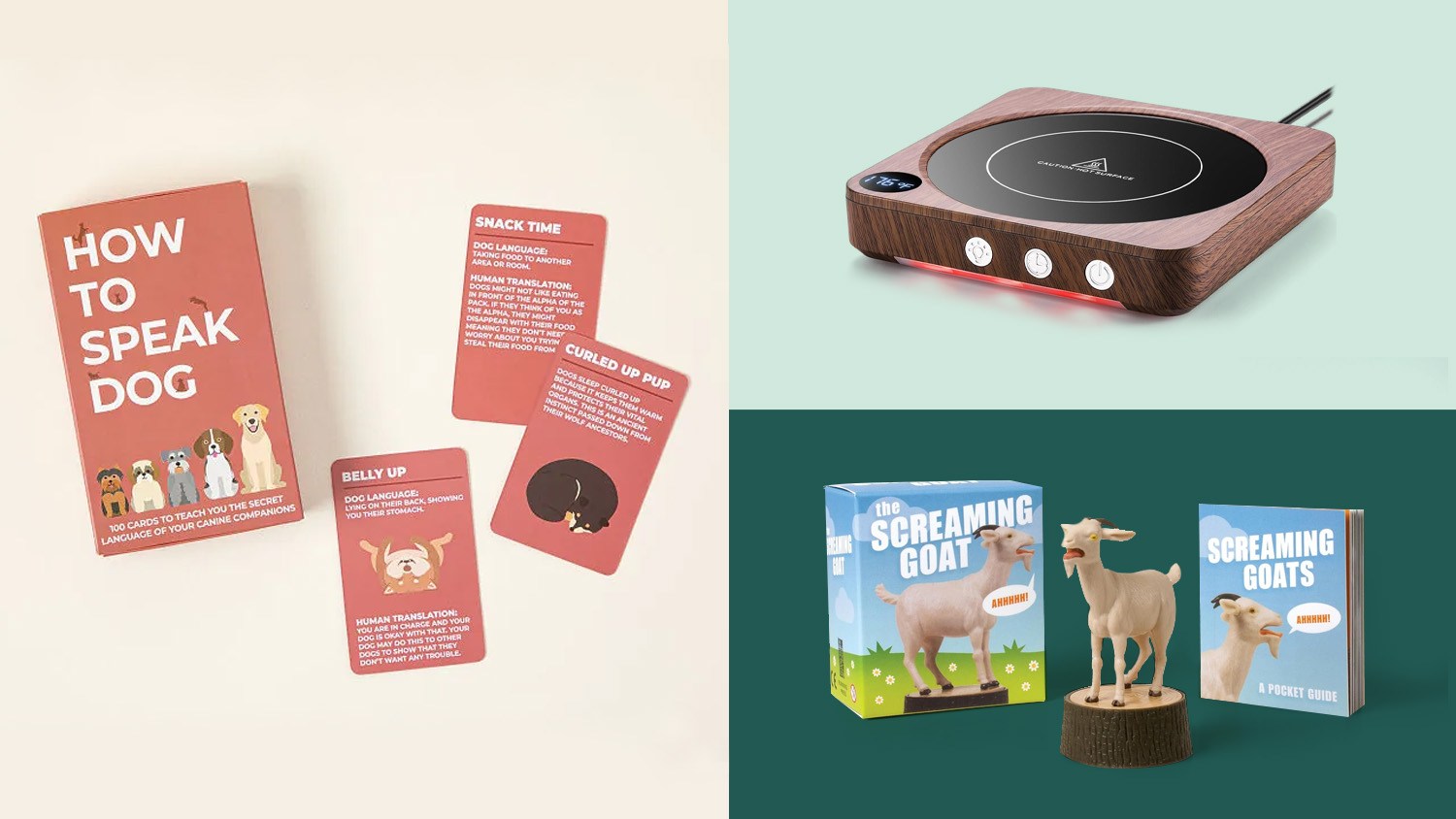The FDA has issued new guidance due to COVD-19 and that means technology can expand the reach of telemedicine. Now, a company named Butterfly Network is making it possible for doctors to perform an ultrasound on a patient who’s not even in the same room!
Follow Tech Reporter Rich DeMuro on Instagram for more tech news, tips and gadgets!

“One of the applications that most excites us is the ability now to bring ultrasound in a controlled way to the home,” said Matthew de Jonge, VP of product at Butterfly Network. I chatted with de Jonge over Zoom.
The company already makes a popular portable ultrasound probe called Butterly iQ that plugs into a mobile device like an iPhone or iPad. It allows doctors to perform medical imaging anywhere, instantly.
“We sometimes think of it as the first major update to the stethoscope, which was invented 200 years ago and hasn’t changed much,” says de Jonge.
Under the new guidelines, Butterfly is launching a TeleGuidance platform, which means that the doctor can be in one place and the patient in another.

While the doctor is still guiding the movement of the probe, it’s done in a unique way, taking advantage of augmented reality.
“We wanted to avoid things like move left, my left, your left. It gets messy quickly and with ultrasound positioning the probe appropriately on the body is essential,” explains de Jonge.

A patient follows virtual arrows superimposed over their body on screen, guiding the scanner to where doctors need to look.
In a demo, I watched a live examination of the lungs. Since COVID-19 attacks their tissue in a specific way, ultrasound tech has been instrumental in managing this disease.
“I think we’re finding – much like we’re finding that much of our work can be done remotely – that much of medicine can be done over telemedicine as opposed to a discrete office visit,” said Dr. Mike Stone, an emergency room doctor in Oregon and director of education at Butterly.
As technology continues to progress, virtual checkups in the future could be much more than just a video chat.
“When we have telemedicine that can enable the same quality of care that’s possible in a hospital, then I think that’s a real milestone for society and technology,” concluded de Jonge.
Butterfly’s handheld scanner costs $2,000, about 50 times less than your typical cart-based ultrasound machine. It’s not necessarily something the typical consumer will pick up at Best Buy (just yet) but it could be prescribed by a doctor for routine at home checkups on an existing condition.
Another scenario – a nursing care facility might purchase one as a way for doctors to check in on patients without having to transport them anywhere.
NOW: Listen to the Rich on Tech podcast, where I talk about the tech news I think you should know about and answer the questions you send me!












